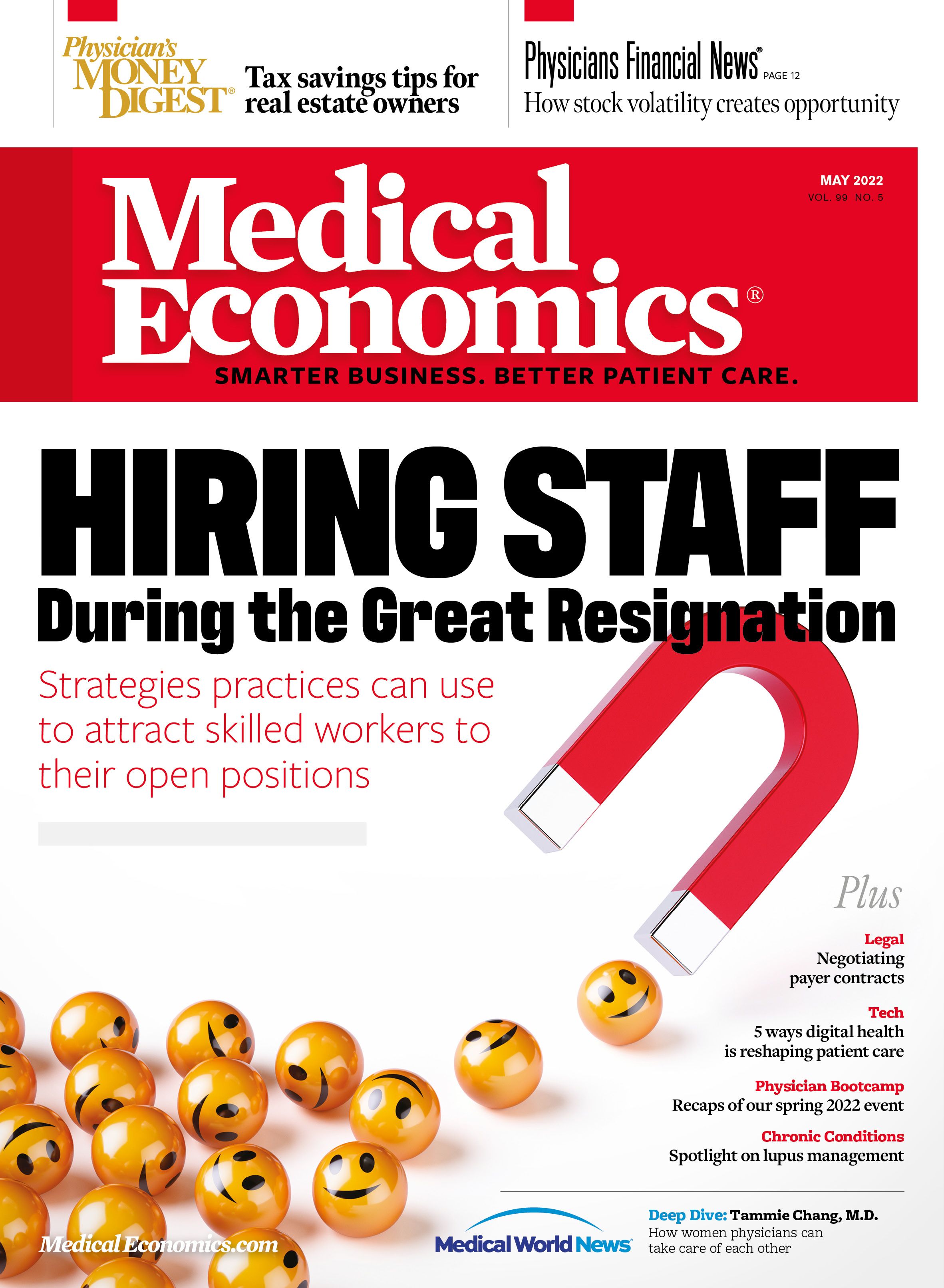Publication
Article
Medical Economics Journal
The next chapter for interoperability is upon us
Author(s):
As health care leaders navigate our transition from life in a pandemic to a world where COVID-19 is an endemic disease, interoperability will likely be top of mind.
As health care leaders navigate our transition from life in a pandemic to a world where COVID-19 is an endemic disease, interoperability will likely be top of mind. As we enter the pandemic’s third year, we can expect four new drivers to propel interoperability:
1 Trust and interoperability
Interoperability and the recent surge in support from health care leaders for Fast Healthcare Interoperability Resources (FHIR), spurred by federal mandates, have unlocked previously siloed data stored behind propitiatory internal enterprise systems. By mandating that patient data be made accessible via Application Programming Interfaces (APIs) and standardized formats, health care is effectively liberating data resources, allowing parties beyond payers and providers to create value on behalf of patients.
Now data have the potential to flow freely between stakeholders in health care, but questions remain: Is the information verifiable and can we trust it? Trust is a foundational element across the health care ecosystem, impacting quality of life and cost of care for millions of patients.
For governments, health plans and providers to use the data now accessible, the pipelines providing the infrastructure for transport and aggregation of the data must be verified and certified. The expectation is for a push to develop and implement a nationwide fabric of policies, technologies and governance mechanisms to guarantee trust in quality of information, as well as the dependability of its delivery to and from digital end points. This would require the fully articulated consent of patients. The industry will be able to deliver on the vision of value-based care like never before, because ability to accurately report on quality of care and the impact of decisions on payments and premiums is now reality.
2 The rise of digital health apps
Consumer apps that verify negative COVID-19 test results and vaccination status are quietly gaining significant support across political lines for many reasons. Already these apps have proven useful for international travel, cruises and increasingly for access to public event venues, conferences and even weddings and other private affairs. Domestically, and to some extent internationally, most of these apps are adopting the HL7 FHIR standards promoted by the VCI Initiative and using the SMART Health Card framework.
Adoption of these digital tools by consumers and vendors will inevitably accelerate interoperability and the use of FHIR. Payers, providers and other stakeholders will continue to expand the use of SMART Health Cards to enable patients to become true agents of interoperability, carrying their information to every encounter where it might be required.
3 Generation Z’s demand for a more personalized experience
Generation Z is the first to know only a world with the internet, smart devices and apps. As a result, its members have radically different views about privacy and trust in the digital world, as well as an understanding that convenience is often based in transparency. Having grown up with Google, Facebook, Amazon, Instagram and Yelp, Gen Z has become accustomed to the instant availability of information about anything while seemingly having little hesitation about sharing.
With these patients, there is an emerging quid pro quo relationship between sharing information and receiving better access to great care. Add big data, machine learning, artificial intelligence, ubiquitous cloud access and REST (representational state transfer) APIs, and the expectations bar for Gen Z will be much higher than anything we have seen. Gen Z is pushing the industry to mirror the same consumer-centric experience as e-commerce at large. Interoperability will be key in reaching that level of personalization.
4 More sticks with the carrots
The dangling carrots for interoperability have increasingly been the real dollars associated with reduced burden, reduced cost and fully engaged patients — all within the context of increased quality of and better access to care.
Meanwhile, legislation such as the No Surprises Act and the 21st Century Cures Act that broadly cover payers, providers, and technology vendors act as sticks banging on the industry with which to further enhance interoperability.
More than ever, payers, providers and now patients are realizing the value in interoperable data exchange. In 2022, we can expect interoperability discussions to transition from how we share data to how we trust data.
John Kelly provides strategic consulting to Edifecs customers, specializing in information exchange and applying principles of supply chain integration to the health care delivery lifecycle. Previously he was CIO of health care network provider NaviNet, director of eBusiness Architecture at Harvard Pilgrim Health Care, and managing director of his own health IT consulting firm.






